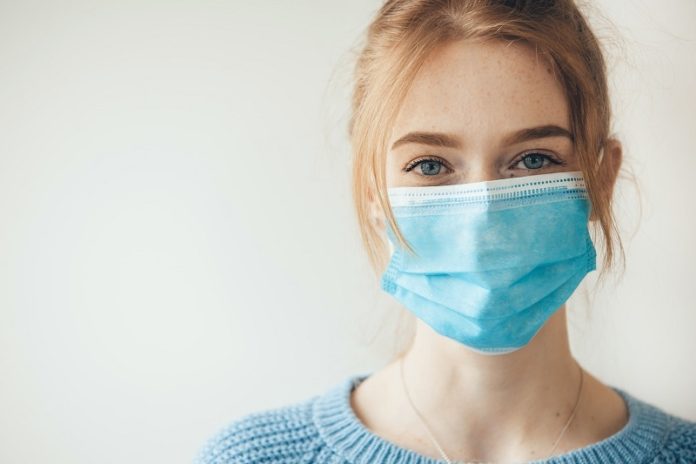
Imagine discovering a hidden lever that controls an evil robot and, once disabled, the robot cannot function anymore.
That’s somewhat similar to what scientists from UC Riverside (UCR) have found – but instead of robots, it’s about COVID-19, the virus that has affected the lives of millions of people worldwide.
Let’s delve into this exciting scientific adventure and unravel the secret life of viruses.
In a new scientific paper that reads like an intriguing mystery, researchers have uncovered what might just be COVID’s Achilles heel – a weakness that could potentially be exploited to stop it from causing illness.
The exciting story unfolds with a tiny actor in the virus called the “N” protein. This protein plays a crucial role in allowing the virus to replicate or, in simpler terms, make copies of itself.
Imagine it like a photocopy machine, but the copies it makes can move on to invade other cells, making the infection spread.
Now, this “N” protein doesn’t work alone. Picture it as a tiny builder trying to assemble a structure.
It needs tools and materials which, interestingly, it borrows from human cells it invades.
The N protein uses a special process in human cells, known as SUMOylation, to successfully place its copied genes into new viral particles, which then go on to infect more cells.
Quanqing Zhang, a co-author of the study and the manager of the proteomics core laboratory at UCR’s Institute for Integrative Genome Biology, shared a fascinating insight. He said, “In the wrong location, the virus cannot infect us.”
This tells us that location is crucial for the virus to make us sick – if the N protein doesn’t get to the right place inside our cells, it can’t make new virus particles.
So how did the scientists find all this out? They used a brilliant method involving a fluorescent glow that showed where the virus was interacting with human proteins and making new infectious particles.
According to UCR bioengineering professor Jiayu Liao, this method is incredibly sensitive and provides a detailed view of how the human and viral proteins interact. It’s like using a special flashlight to see exactly how and where the virus operates within our cells.
This discovery isn’t only applicable to COVID. The research team, using similar scientific methods, found that Influenza A and B, the common flu viruses, also depend on this same SUMOylation process to replicate.
This opens up an exciting possibility: by blocking access to the human proteins needed for this SUMOylation process, it might just stop the virus in its tracks, allowing our immune systems to vanquish it.
The current most effective treatment for COVID is a medication called Paxlovid, which hinders the virus’s ability to replicate.
However, it has to be taken within three days of infection to be maximally effective. Liao notes that a medication developed from their new discovery could potentially be useful at all stages of infection, offering a new ray of hope in treating COVID.
And the potential benefits extend even further. Liao anticipates that with enough support, this groundbreaking knowledge could pave the way for new antiviral medications within five years, not only against COVID but potentially against a variety of viruses, including the flu, RSV, and even Ebola.
As we reflect on this exciting research, it’s clear that the scientists have uncovered a potential game-changer in the fight against viruses.
By understanding and then interrupting the virus’s replication process, they’ve opened up a world of possibilities for new treatments, bringing hope that future outbreaks might be managed more effectively and saving countless lives in the process.
So here’s to the brilliant minds who cracked the code and found a potential weak spot in COVID’s armor!
Follow us on Twitter for more articles about this topic.
Source: UC Riverside.



